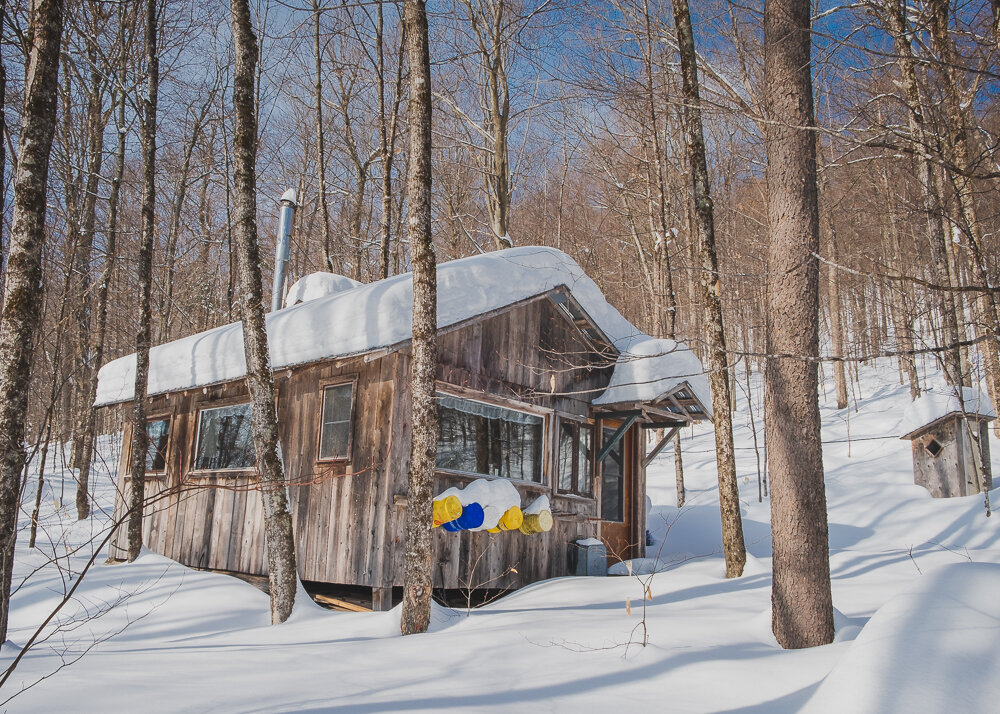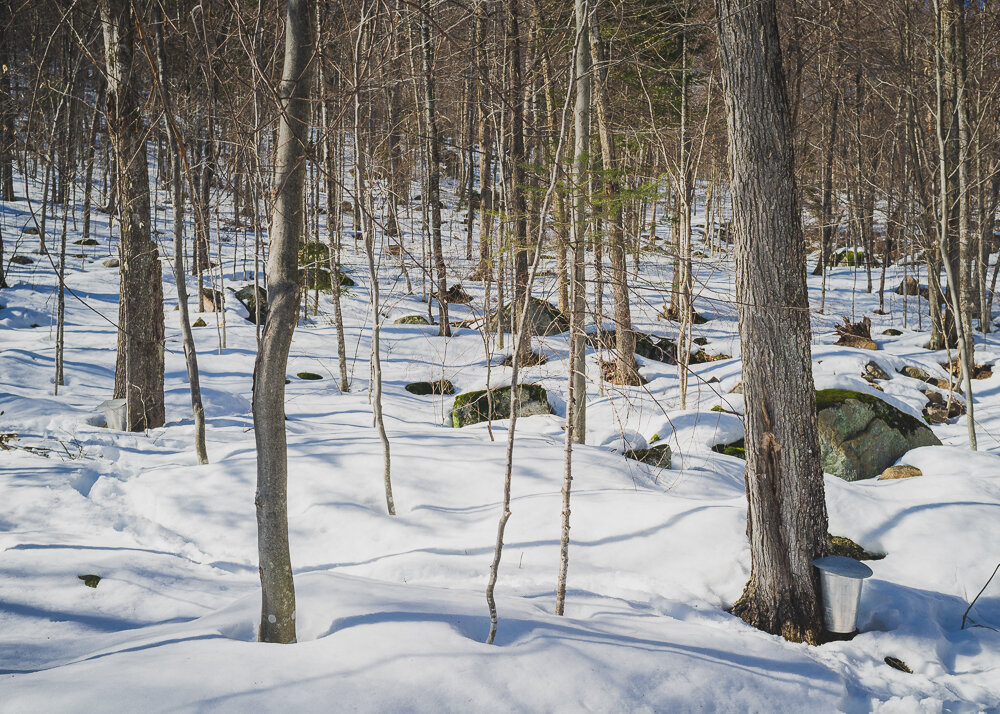What Making Maple Syrup Taught Me About Life
As you may or may not know—an opening statement I told myself I’d never use, but there it is—my wife and I bought some property last year. On the property is a sugar shack, which is basically a building specifically built to make maple syrup while hanging out and eating. Most sugar shacks have a space that houses the evaporator and then an open area for friends and family to hangout and eat. They are fairly rudimentary, but full of character.
There are several family owned sugar shacks in our area. Each spring families gather to tap the trees and welcome in spring by making some maple syrup. Along the way good conversations are had, gin is drank and food is eaten. Mix all that with a lot of hard work and you’ll soon be rewarded with the sweet taste of maple syrup and a sense of fulfillment.
This year we decided to do a small run to get our feet wet before ramping up production over the next few years.




You see, making maple syrup is hard work followed by waiting, followed by hard work, followed by waiting. Let me quickly explain. First is the process of tapping the trees. We use the bucket method which means, hiking through the snow to each tree carrying buckets, lids, spiles and a drill. Once the optimum tree is selected a hole is drilled into said tree, a spile is gently tapped into the hole and a bucket with lid are hug from the spile. Then it’s on to the next tree, and the next, and the next. The second step in the process is gathering the sap or maple water as some call it. This involves hiking through the snow to each tapped tree with a bigger bucket and gathering the bounty each tree has decided to give up. That’s the hard work part. Once the sap is gathered it needs to be boiled down to remove the water. This is when the waiting game begins.
The boiling process is the best part in my opinion. Feeding wood into the fire and watching the sap boil can be very calming until you reach temperature. Then all hell breaks loose. Maple sap turns to syrup between 217-219 degrees Fahrenheit depending on your preference of syrup thickness. The higher the temp the thicker the syrup. Now back to hell breaking loose part of the story. When the maple sap gets to about 212 degrees its all systems go. Filtering set up in place? Check. Bottling system in place? Check. OK! FEED THE FIRE.
For the next hour plus, wood is continually fed into the burner to get the maple sap up to the desired temperature. Once the optimal temperature is reached, the syrup is poured from the evaporator, put though the filtering process and then bottled. The reward for all the hard work is a sweet bottle of goodness. It’s something you need to experience to fully appreciate.
Then the process starts all over again. Gather the maple water, boil the maple water, filter the syrup, bottle the syrup. Repeat.
Life can be a lot like making maple syrup. We work hard, followed by a bit of leisure, followed by more hard work, followed by a reward. We repeat this process year after year. In some cases the reward is nothing more than a cheesy tchotchke that leaves us unfulfilled and exhausted.
Don’t work for tchotchkes. Work for the reward that brings you joy and a sense of fulfillment.